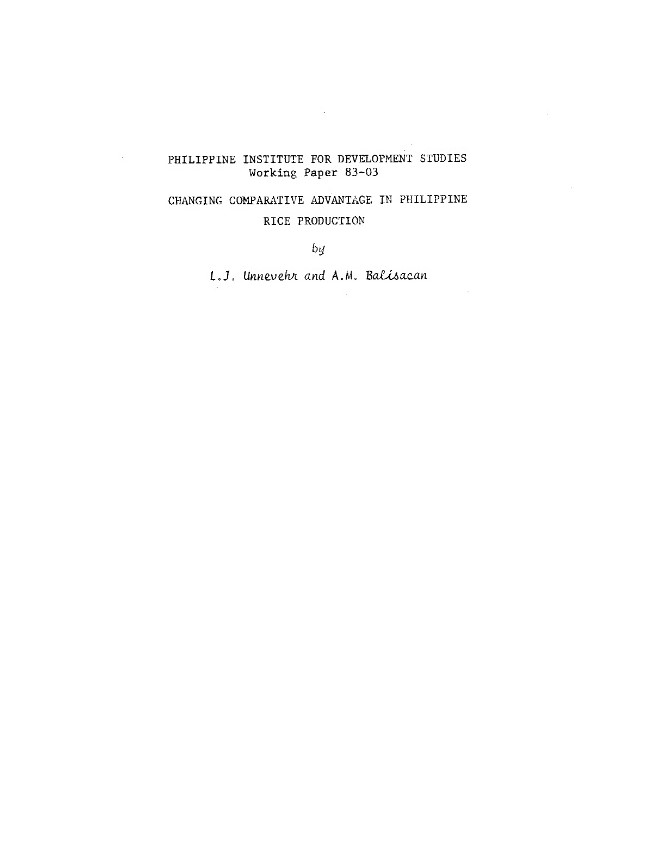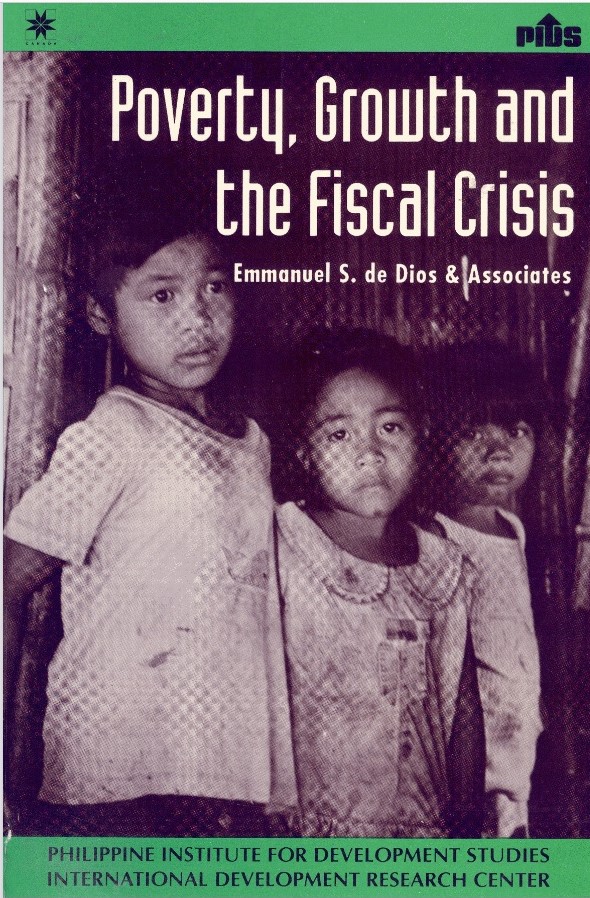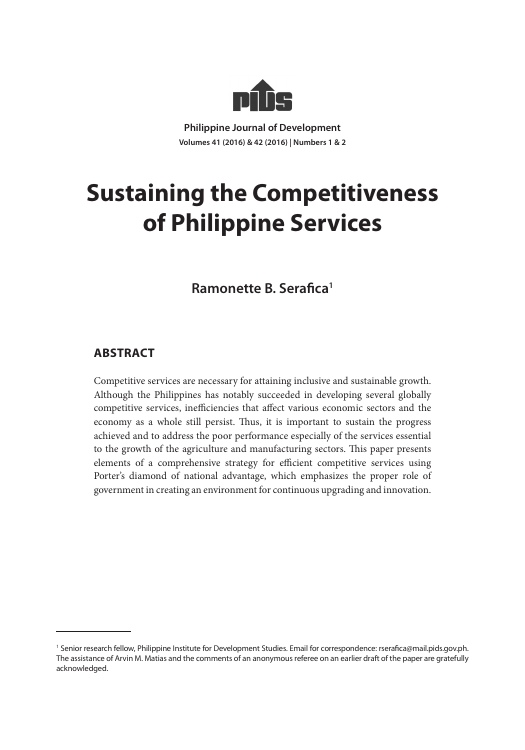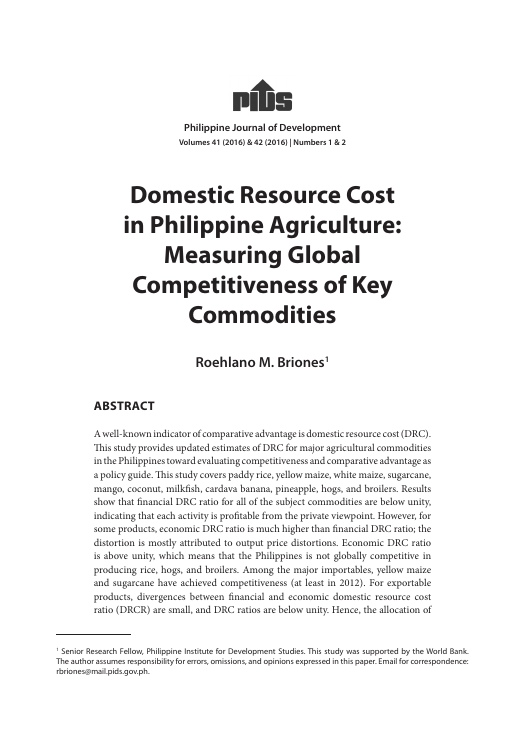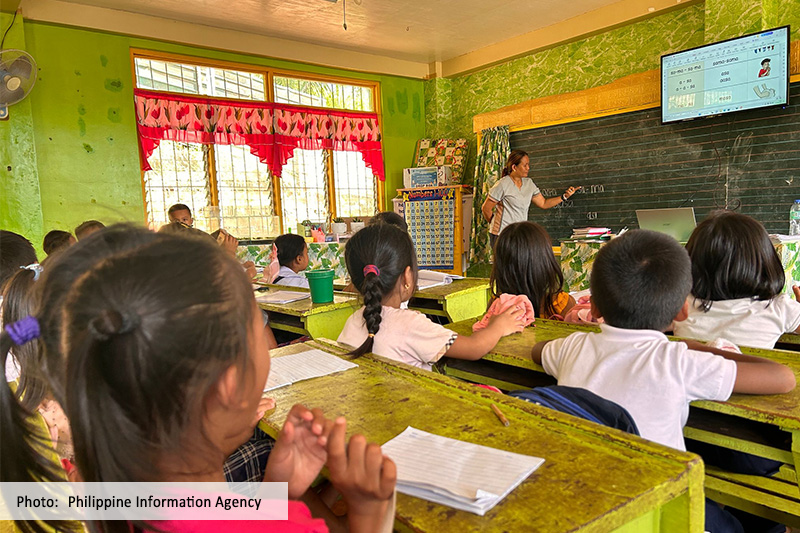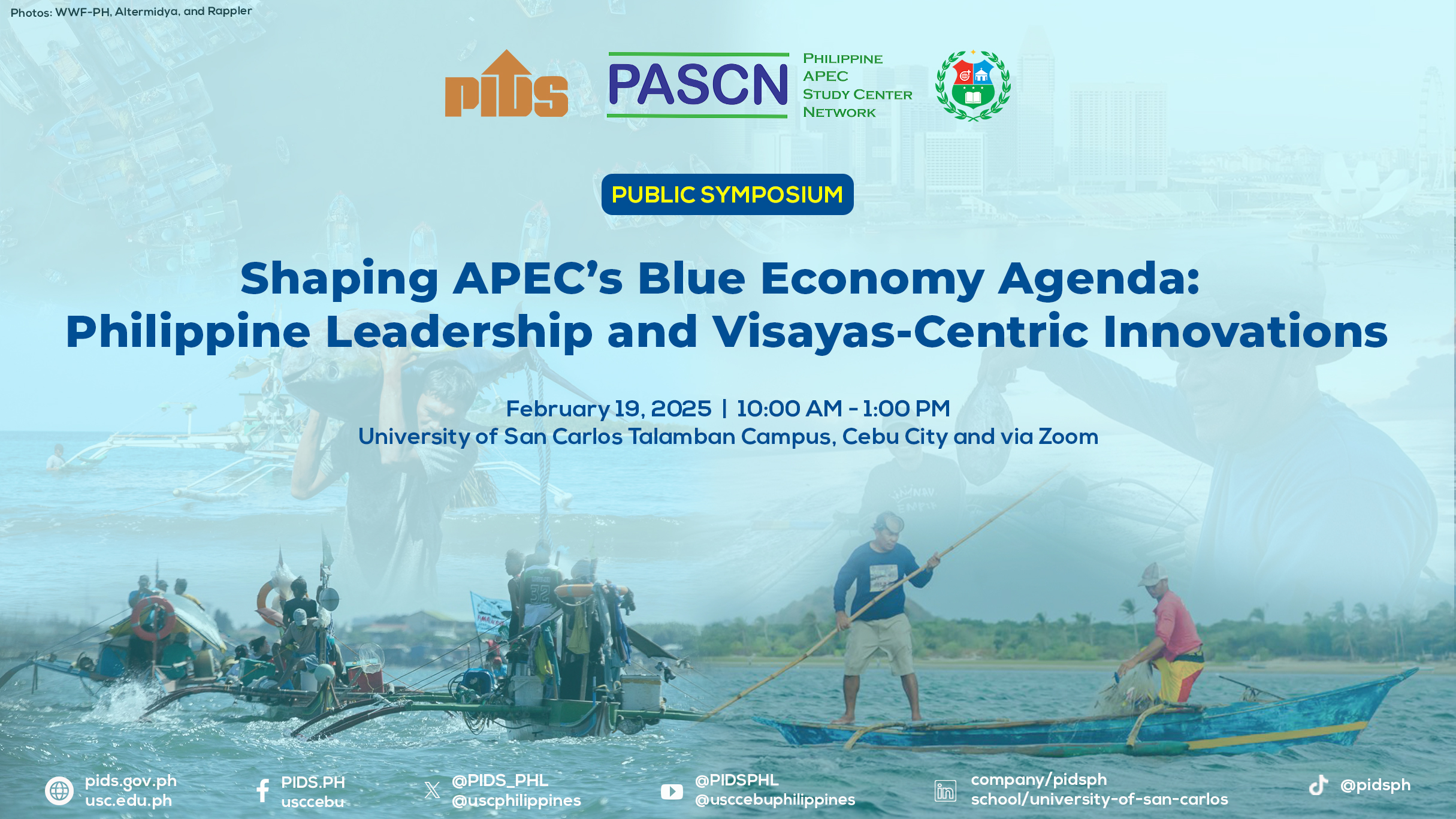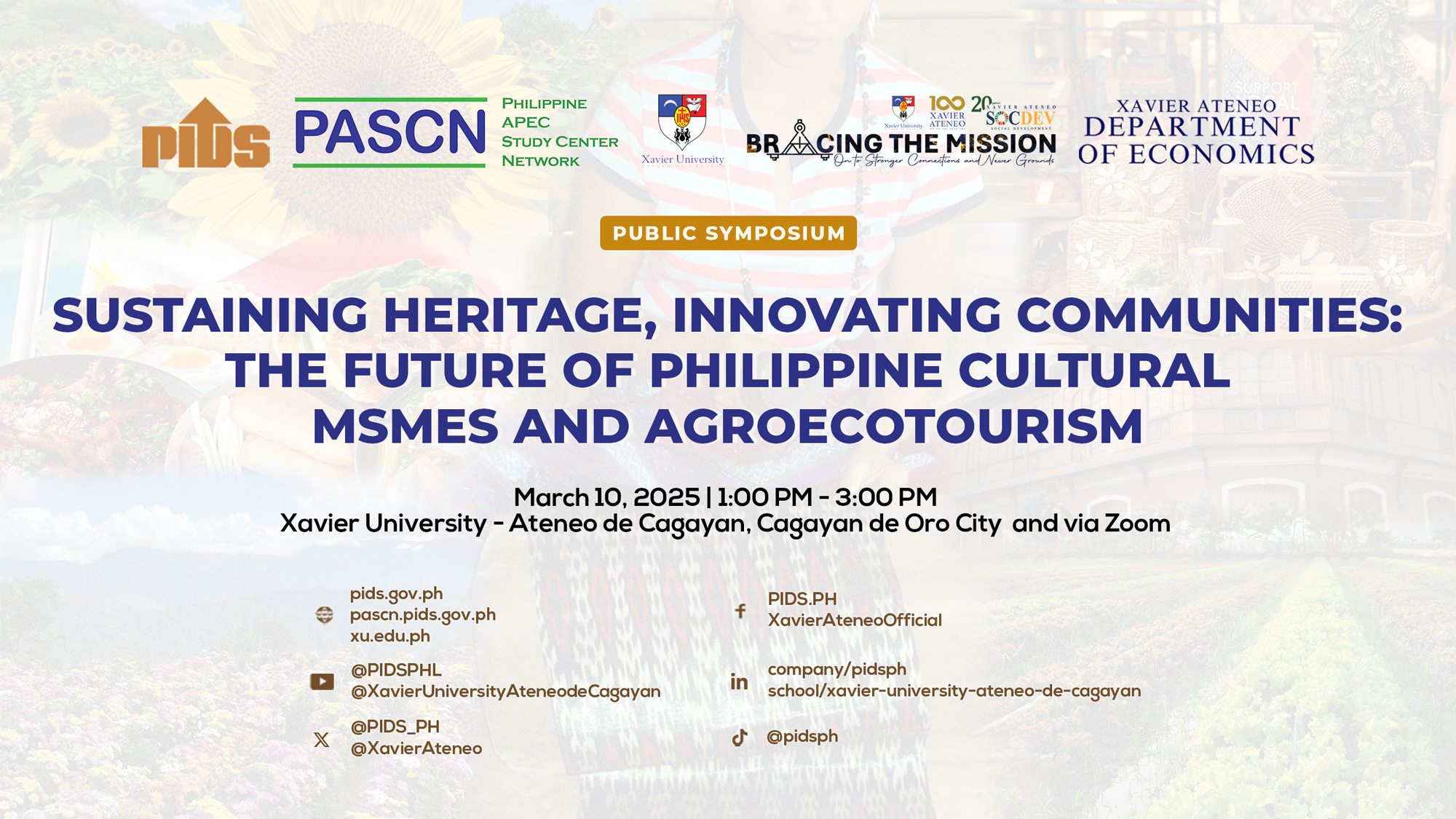This paper examines Philippine comparative advantage in rice production and whether government policies encourage the rice sector to exploit its advantage. Rice production has grown at 6.0 percent annually in 1970s. This growth has been due to yield increases from newer modern varieties and more fertilizer and to increases in irrigated area. Government policies have contributed to growth principally through irrigation investments. Although the Philippines have a comparative advantage in rice production, exports were unprofitable for the government-marketing agency in 1977 to 1979. Government control of exports puts a barrier between world and domestic markets so that world quality premiums are not reflected in domestic prices. The domestic milling industry therefore has no incentive to become competitive in higher quality international markets. Inelastic demand for low-quality Philippine rice on world markets then limits profitable exports. If private traders were allowed to export, they should be able to respond to world market incentives to produce and export good quality rice at a profit.
Citations
This publication has been cited 1 time
- Koppel, Bruce. 1990. Mercantile transformations: understanding the state, global debt and Philippine agriculture. Development and Change, 21, No. 4, 579-619 . International Institute of Social Studies.

